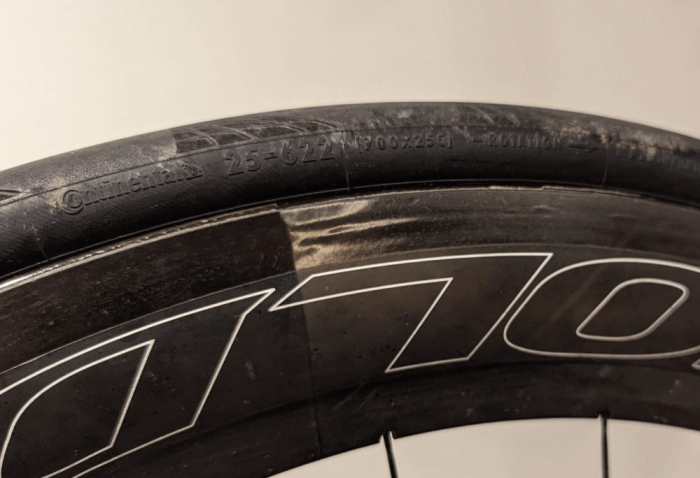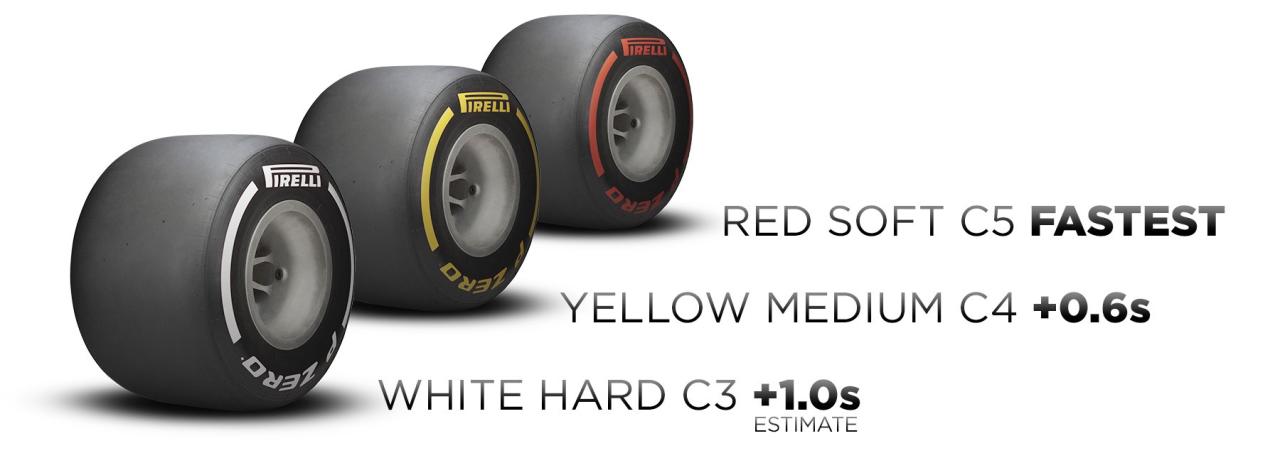Are soft tires faster? This question lies at the heart of a captivating exploration into the intricate world of racing tires, where grip, traction, and performance intertwine in a delicate dance. Join us as we delve into the advantages and trade-offs of using soft tires, uncovering the secrets that make them a game-changer on the racetrack.
Soft tires, with their pliable composition, offer unparalleled grip and traction, allowing drivers to push the limits of cornering and acceleration. However, this enhanced performance comes at a cost – faster wear and degradation.
Overview of Soft Tires

Soft tires are specifically designed racing tires that provide exceptional grip and traction on the track. They are typically used in Formula One, IndyCar, and other high-performance racing series.
The main purpose of using soft tires is to enhance the overall performance of a race car. They offer superior cornering ability, improved acceleration, and increased stability during high-speed maneuvers.
Grip and Traction, Are soft tires faster
The primary advantage of soft tires lies in their ability to generate high levels of grip and traction on the track surface. The softer compound allows the tires to conform to the irregularities of the track, creating a larger contact patch and maximizing the friction between the tire and the road.
This enhanced grip translates into improved cornering ability, as the car can maintain higher speeds through curves without losing traction. Additionally, soft tires provide better acceleration, as they can transfer more power to the ground more effectively.
Wear and Degradation
However, the increased grip and traction of soft tires come at a cost. The softer compound is more prone to wear and degradation compared to harder tires. As a result, soft tires typically have a shorter lifespan and require more frequent pit stops for tire changes.
The rate of degradation depends on various factors, including the track surface, temperature, and driving style. On abrasive surfaces or under high temperatures, soft tires can wear out quickly, requiring multiple pit stops during a race.
Temperature and Performance
Temperature plays a crucial role in the performance of soft tires. They operate within a specific optimal temperature range, where they provide the best grip and traction.
When the tires are below the optimal temperature range, they become less effective and may lose grip. Conversely, if the tires exceed the optimal temperature range, they can overheat and degrade rapidly, leading to reduced performance and potential tire failures.
Circuit Characteristics
The suitability of soft tires depends on the characteristics of the circuit. Circuits with high-speed corners and frequent acceleration zones favor the use of soft tires.
For example, circuits like Monaco and Singapore, which feature tight and twisty corners, are known to benefit from the increased grip and traction provided by soft tires. On the other hand, circuits with long straightaways and high-speed sections may not be ideal for soft tires due to their faster degradation rate.
Strategy and Pit Stops
The use of soft tires in a race requires careful strategic planning. Teams must decide when to switch to soft tires to gain an advantage in grip and traction while minimizing the impact of tire wear.
The number of pit stops required for soft tires depends on the circuit, race length, and the pace of the race. Teams must balance the performance benefits of soft tires with the potential time loss during pit stops.
FAQ Insights: Are Soft Tires Faster
Do soft tires always provide better grip?
While soft tires generally offer increased grip, factors such as temperature and circuit conditions can influence their performance.
How quickly do soft tires degrade?
The rate of degradation varies depending on the tire compound, track surface, and driving style. Soft tires typically wear faster than harder tires.
Are soft tires suitable for all race tracks?
No, circuit characteristics play a role in determining the suitability of soft tires. They are often used on tracks with high-speed corners and smooth surfaces.



